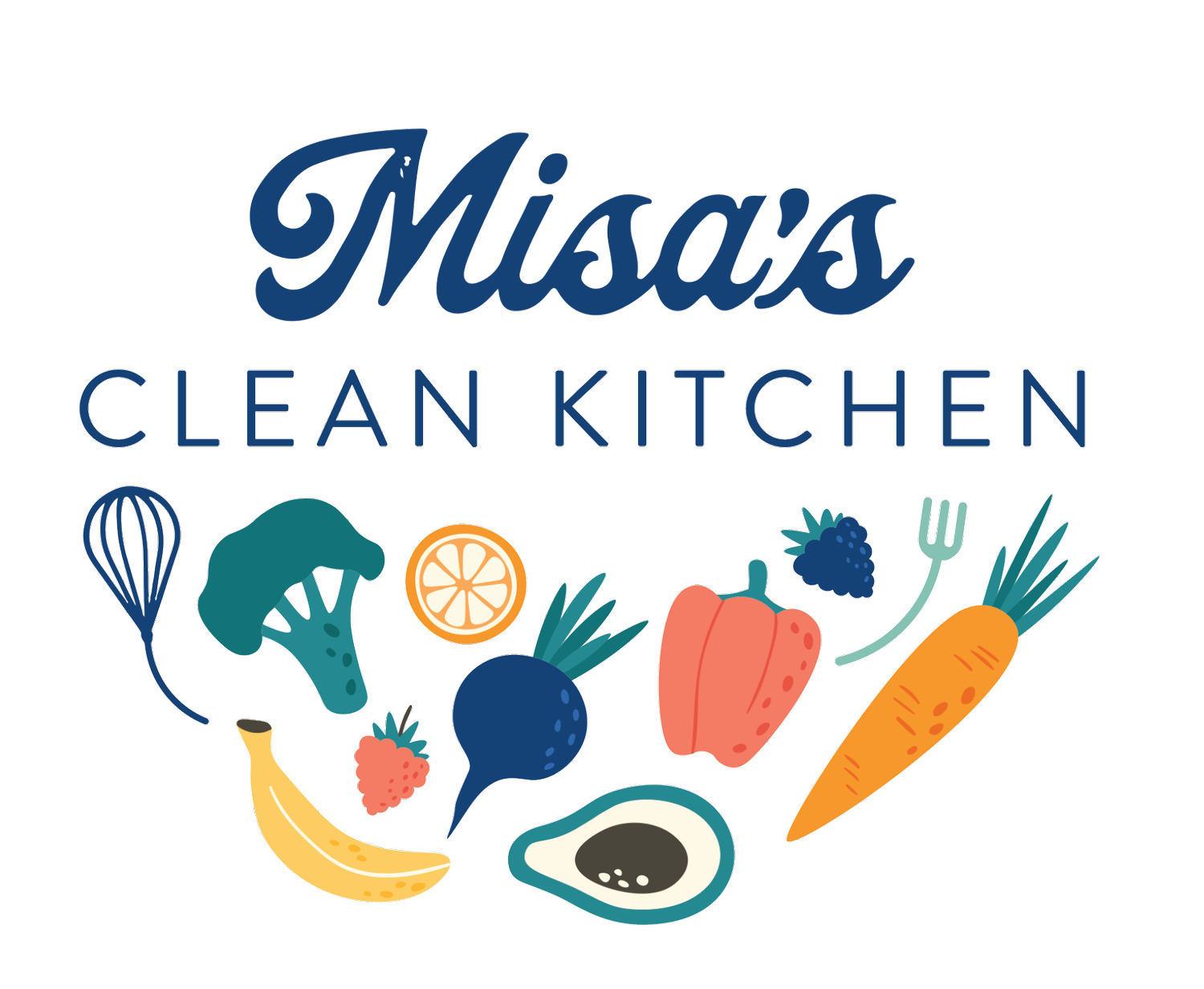12 Simple Tips to Raise Healthy, Happy Eaters: Part 2
Have you gotten a chance to read “12 Simple Tips for Raising Healthy, Happy Eaters: Part 1?” These two posts are designed to help parents create a lifetime of healthy eaters, setting our kids up for success as an adult. Parenting is hard and feeding our kids is no joke! I hope these two posts provide value, things to think about, and tips to make simple, sustainable change over time.
Tip 7: Serve veggies throughout the day making them count less at dinner.
As parents, we sometimes save the veggies for dinner knowing that it can be a battle to get our kids to eat our veggies. I totally understand this because who wants to fight about veggies all day long?! However when we only serve them at dinner, veggies become more important for them to eat, so we can unintentionally put pressure on them saying things like “just take one more bite” or “you won’t get dessert until you finish your veggies.” Putting pressure on our kids may work in the short term but it may also have long term effects such as teaching kids to ignore their fullness cues just to get dessert or they may never learn to enjoy their veggies as they are being forced to eat them.
Serving veggies throughout the day also makes them more familiar which will hopefully help increase their consumption as well.
Tip 8: Think about snacks as a time of day and not a kind of food.
When we think about kid’s snacks, many of us think crackers, chips, and granola bars. Think of shopping for snacks around the perimeter of the grocery store, looking for fruits, veggies, nuts, seeds, dairy, meats, eggs, and hummus. If you are looking for more ideas check out my instagram mini meals highlights.
My girls love their crackers, chips, and granola bars (as do I) so when I serve snacks, I often prep a small plate, cutting board, or muffin tin with a variety of foods, mostly whole foods, with a small amount of traditional “snack” foods.
leftover protein pancakes, kiwi, pistachios, apple, homemade dill dip, and cucumbers
Tip 9: Serve protein, fiber, and healthy fats for snacks.
Think of snacks as a mini meal, serving protein, fiber and fat which helps keep them stay satiated until the next meal and keeps their blood sugar balanced. Talk about which foods have protein, fiber, and healthy fats so kids, overtime, can make their own balanced snacks.
Here are a few ideas:
Rice cakes with nut butter and sliced banana
Rice cakes with hummus and sliced cucumbers
Avocado toast with a handful of nuts on the side
Low sugar or plain yogurt with berries
Apples, carrots, and nut butter
Celery with nut butter and raisins
Ayla made her own snack tray with berries, carrots, hummus, goat cheese, and
Simple Mills crackers
Tip 10: Allow 2 to 3 hours between snack and the next meal.
Are your kids coming to the dinner table hungry? How much time is in between their last snack and dinner? If they aren’t coming to the table hungry, then they won’t be willing to try foods. And they won’t have the opportunity to experience true hunger.
If your kids are having a snack at 3:30 when they get home from school, try to hold off on food again until dinner between 5:30 or 6:30pm.
Does that seem like too long a break? Make sure their snack is filling enough so they aren’t starving an hour later. Provide a snack, or a mini meal, with protein, fiber, and healthy fat that will sustain them until dinner. If they are hungry before dinner, serve a plate of veggies.
Tip 11: Help kids change their mindset around food.
I have heard many times from my students that they are picky eaters so they don’t like vegetables. Being a picky eater has become part of their identity. Help them shift their mindset by saying phrases like “We are stilling learning to like a variety of foods” or “ I don’t like broccoli YET but maybe I will later.” These phrases when practiced overtime will help kids shift from a fixed to a growth mindset. Avoid using the term picky eater around your kids.
I often remind myself that eating a variety of healthy foods doesn’t come naturally. It needs to be taught and it takes time. We are all still learning together. Sharing stories of foods that you use to not like and now enjoy is great to help reinforce this idea that their tastes buds change over time.
Tip 12: Teach our kids to learn to listen to our bodies and connect food to how they feel.
Help children make the connection between what they eat and how they feel. If kids eat 10 cookies from the buffet line and then don’t feel well a couple hours later, have a melt down from a sugar crash, or feel out of control from a sugar spike, help them to make the connection that too much sugar effects how we feel.
If kids eat a huge plate of spaghetti, and then their tummy hurts, help them to make a connection to over eating can lead to a bellyache.
I hope you find these tips helpful. When making changes, it is important to start small in order to make sustainable change. I recommend picking one tip to focus on. Once you feel confident and you have created the habit where you no longer have to think about it, celebrate your success and then pick another one. Where are you going to start? I’d love to hear from you!


